Smartler - Smartler
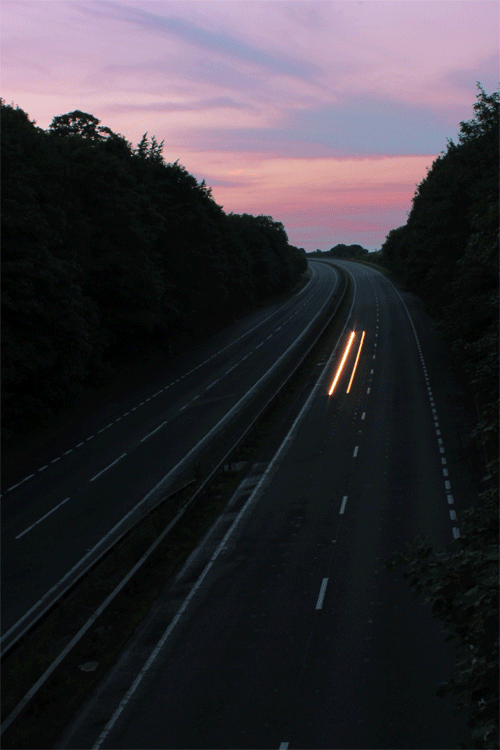
More Posts from Smartler and Others
Chasing Storms at 17,500mph
Flying 250 miles above the Earth aboard the International Space Station has given me the unique vantage point from which to view our planet. Spending a year in space has given me the unique opportunity to see a wide range of spectacular storm systems in space and on Earth.
The recent blizzard was remarkably visible from space. I took several photos of the first big storm system on Earth of year 2016 as it moved across the East Coast, Chicago and Washington D.C. Since my time here on the space station began in March 2015, I’ve been able to capture an array of storms on Earth and in space, ranging from hurricanes and dust storms to solar storms and most recently a rare thunder snowstorm.
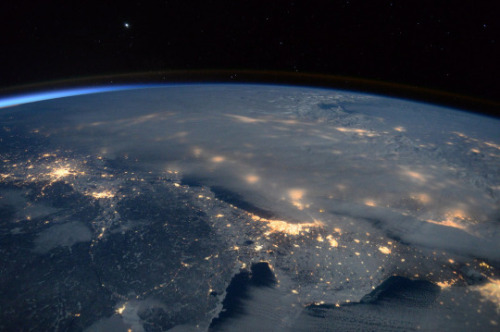
Blizzard 2016
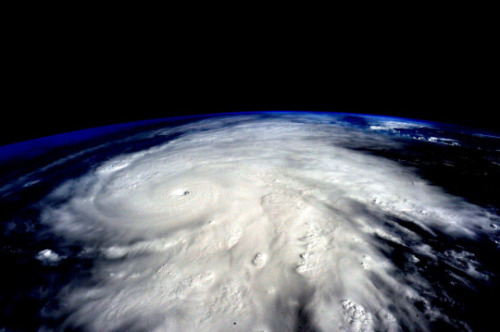
Hurricane Patricia 2015
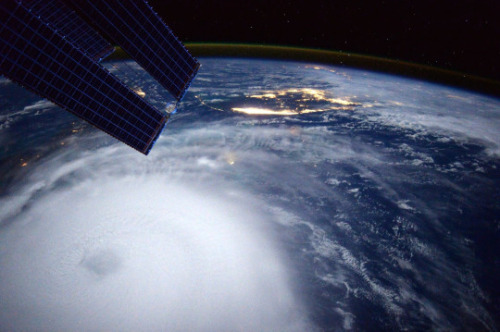
Hurricane Joaquin 2015
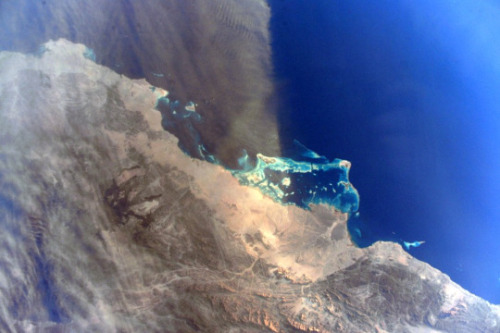
Dust Storm in the Red Sea 2015

Dust Storm of Gobi Desert 2015
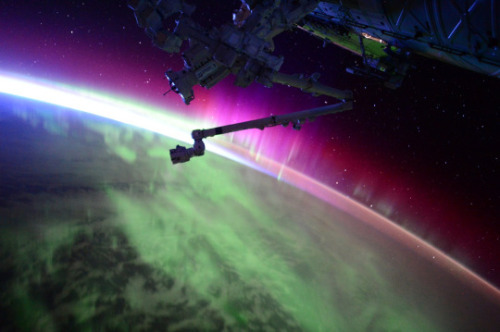
Aurora Solar Storm 2015
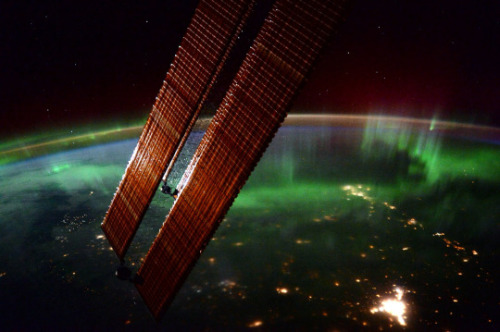
Aurora Solar Storm 2016
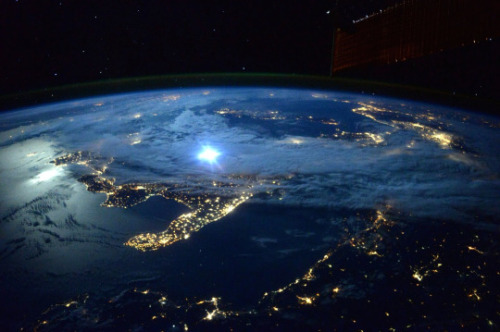
Thunderstorm over Italy 2015
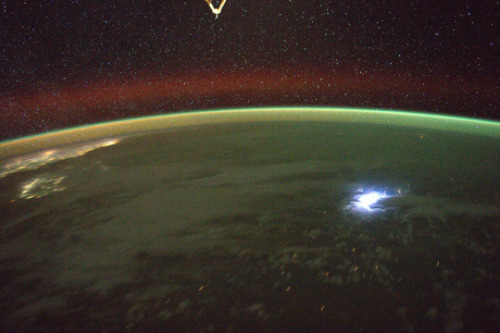
Lightning and Aurora 2016
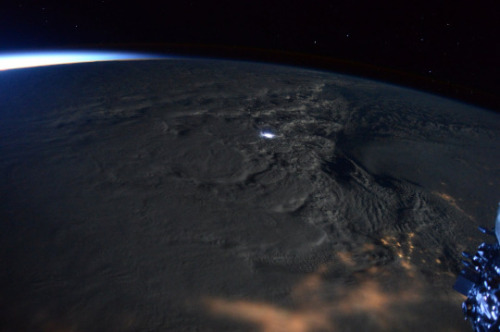
Rare Thunder Snowstorm 2016
Follow my Year In Space on Twitter, Facebook and Instagram.

Check out our infographic on Venus here: http://astronomyisawesome.com/infographics/10-facts-about-venus/



For a moment, that black and white photo should seem like a full color image. (You have to keep both the image and your head very still).
This illusion was used in the new BBC Four series Colour: The Spectrum of Science.
It demonstrates a phenomenon called “cone fatigue.” When we stare at the purple hillside in picture above, photoreceptors in our eyes called cones are stimulated. They send a signal to our brains that says “You’re looking at something purple.” But the sensing ability of those cones decreases the longer we stare at the image - those receptors are, in a way, temporarily used up.
Then when we look at the black and white image, those same cones can’t detect any purple light. Instead they sense the color that remains: green.
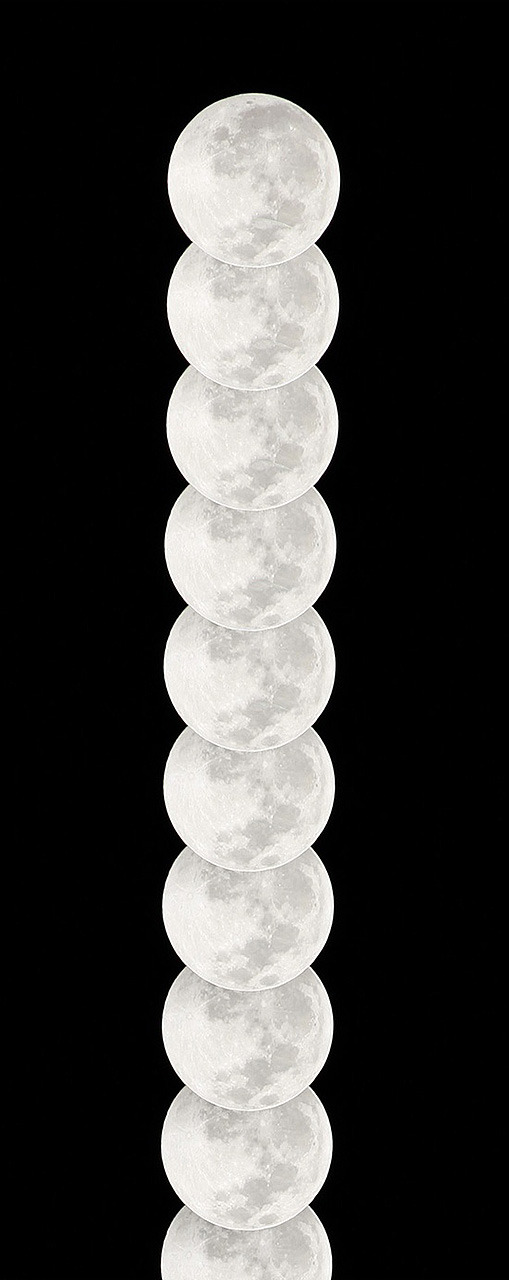

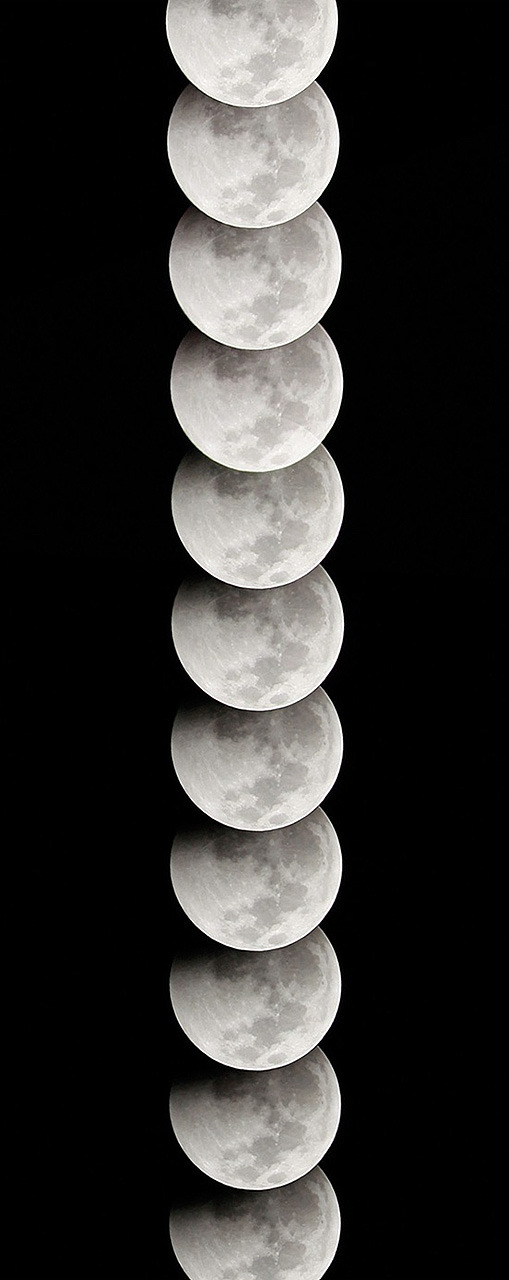
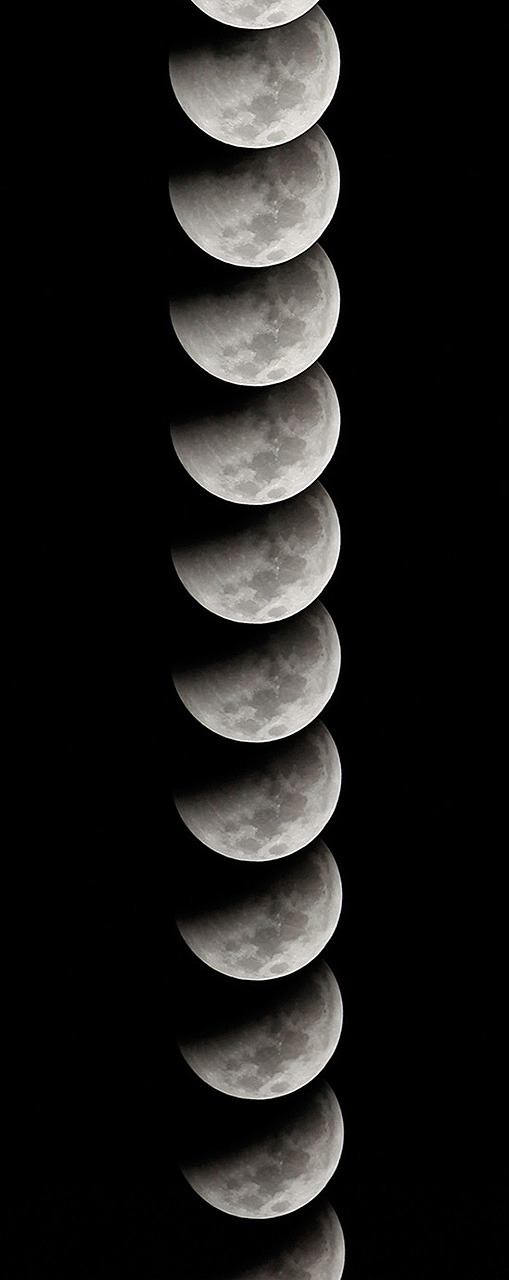

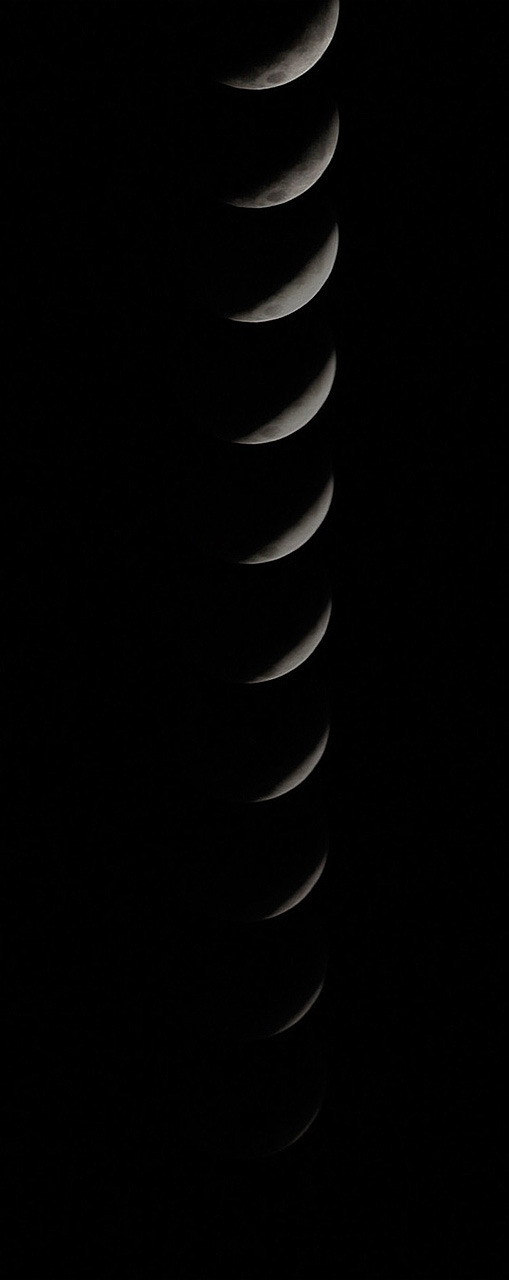
“Consensual sex” is just sex. To say that implies that there is such a thing as “non consensual sex”, which there isn’t. That’s rape. That is what it needs to be called. There is only sex or rape. Do not teach people that rape is just another type of sex. They are two very separate events. You wouldn’t say “breathing swimming” and “non breathing swimming”, you say swimming and drowning.
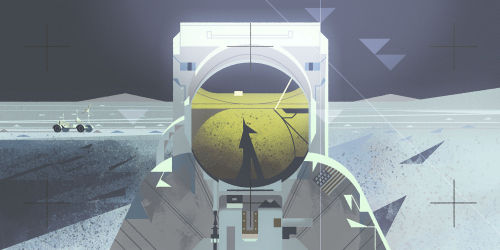
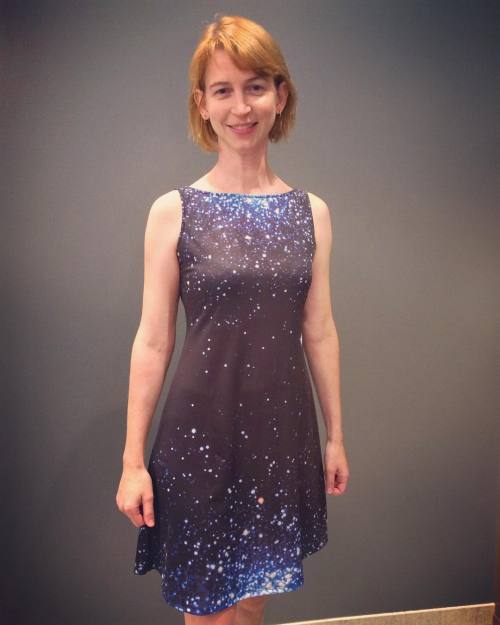
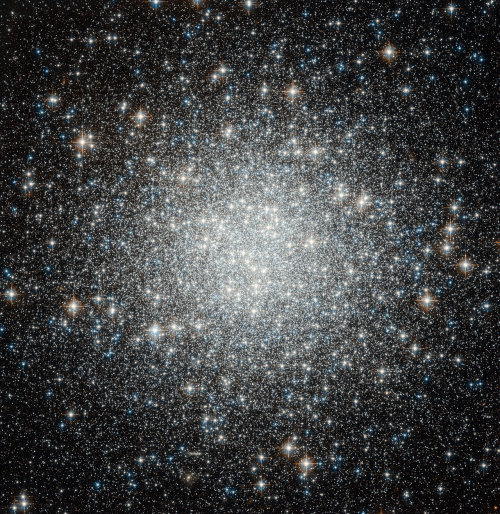

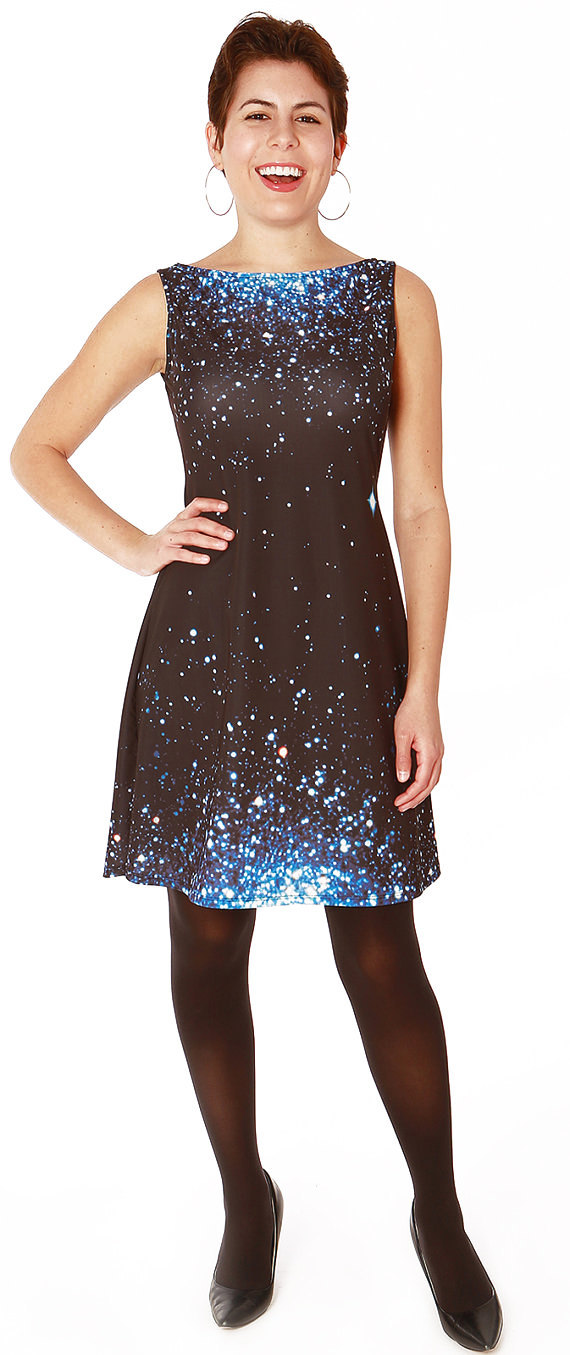
I never thought I’d have competition for the most startorial Emily on the planet, but Emily Lakdawalla, Senior Editor and Planetary Evangelist at the Planetary Society (and the third most followed astronomer on twitter) is bringing it! After winding up with the Fibonacci spiral dress by @shenovafashion, she is dazzling in the super star dress from Belle Neptune, as posted by the Planetary Society on Instagram.
I haven’t identified the source image yet, but I suspect it is a globular cluster, perhaps one with a lot of unusually blue stars like Messier 53.
Watch this space to see Emily’s closest approach (and who she joins forces with) tomorrow!
–Emily




This is the coolest outer space animation ever. It shows the Crab Supernova explosion, happened in 1054, and its evolution into the remnant it is now - called the Crab Nebula. Basically a thousand years speeded up into less than a minute.
Modern understanding that the Crab Nebula was created by a supernova, an explosion of a massive supergiant star, dates to 1921 when Carl Otto Lampland announced he had seen changes in its structure. This eventually led to the conclusion that the creation of the Crab Nebula corresponds to the bright SN 1054 supernova recorded by Chinese astronomers in AD 1054. There is also a 13th-century Japanese reference to an appearance of a new or “guest” star in Meigetsuki. It was then so bright it was visible during the daytime for 23 days.
animation credit: ESA/Hubble (M. Kornmesser & L. L. Christensen)
Submitted by @asapscience
Science is so amazing, but it’s being de-funded around the world. We hope to make a difference with this video:
Your sharing is greatly appreciated.
-
 n3v3r3v3rrr reblogged this · 5 months ago
n3v3r3v3rrr reblogged this · 5 months ago -
 drkhuntress reblogged this · 5 months ago
drkhuntress reblogged this · 5 months ago -
 2012blr reblogged this · 6 months ago
2012blr reblogged this · 6 months ago -
 queenskywalka liked this · 6 months ago
queenskywalka liked this · 6 months ago -
 ekko-eris reblogged this · 6 months ago
ekko-eris reblogged this · 6 months ago -
 solosonflores reblogged this · 6 months ago
solosonflores reblogged this · 6 months ago -
 amoremvao liked this · 6 months ago
amoremvao liked this · 6 months ago -
 solosonflores liked this · 6 months ago
solosonflores liked this · 6 months ago -
 hypnoticreality reblogged this · 6 months ago
hypnoticreality reblogged this · 6 months ago -
 hypnoticreality liked this · 7 months ago
hypnoticreality liked this · 7 months ago -
 samanthsalah liked this · 7 months ago
samanthsalah liked this · 7 months ago -
 n3v3r3v3rrr reblogged this · 7 months ago
n3v3r3v3rrr reblogged this · 7 months ago -
 babyhumble reblogged this · 9 months ago
babyhumble reblogged this · 9 months ago -
 vinhotintoseco liked this · 9 months ago
vinhotintoseco liked this · 9 months ago -
 sophiaraw69 liked this · 9 months ago
sophiaraw69 liked this · 9 months ago -
 stonesandswords reblogged this · 9 months ago
stonesandswords reblogged this · 9 months ago -
 head-full-of-wishes reblogged this · 9 months ago
head-full-of-wishes reblogged this · 9 months ago -
 megmoon1111 liked this · 10 months ago
megmoon1111 liked this · 10 months ago -
 purpletopaz liked this · 10 months ago
purpletopaz liked this · 10 months ago -
 bumblebeesandsaltyseas reblogged this · 10 months ago
bumblebeesandsaltyseas reblogged this · 10 months ago -
 eugostodedoriitos reblogged this · 10 months ago
eugostodedoriitos reblogged this · 10 months ago -
 anasbi reblogged this · 10 months ago
anasbi reblogged this · 10 months ago -
 muitoiimperfeito reblogged this · 10 months ago
muitoiimperfeito reblogged this · 10 months ago -
 evilveva liked this · 11 months ago
evilveva liked this · 11 months ago -
 vi-be reblogged this · 11 months ago
vi-be reblogged this · 11 months ago -
 hush-nutties reblogged this · 11 months ago
hush-nutties reblogged this · 11 months ago -
 4hur4m4zd4 reblogged this · 11 months ago
4hur4m4zd4 reblogged this · 11 months ago -
 4hur4m4zd4 liked this · 11 months ago
4hur4m4zd4 liked this · 11 months ago -
 retratosehistorias reblogged this · 11 months ago
retratosehistorias reblogged this · 11 months ago -
 immaginiperrespirare reblogged this · 11 months ago
immaginiperrespirare reblogged this · 11 months ago -
 immaginiperrespirare liked this · 11 months ago
immaginiperrespirare liked this · 11 months ago -
 moments-0f-life reblogged this · 11 months ago
moments-0f-life reblogged this · 11 months ago -
 moments-0f-life liked this · 11 months ago
moments-0f-life liked this · 11 months ago -
 olmusbuolmus liked this · 11 months ago
olmusbuolmus liked this · 11 months ago -
 stonesandswords liked this · 11 months ago
stonesandswords liked this · 11 months ago -
 furtherwestward reblogged this · 11 months ago
furtherwestward reblogged this · 11 months ago -
 pearlstonefortress reblogged this · 11 months ago
pearlstonefortress reblogged this · 11 months ago -
 pearlstonefortress liked this · 11 months ago
pearlstonefortress liked this · 11 months ago -
 oceanbreezeandhoneybees reblogged this · 11 months ago
oceanbreezeandhoneybees reblogged this · 11 months ago -
 lucidi-tea reblogged this · 11 months ago
lucidi-tea reblogged this · 11 months ago -
 cigarette-and-martini reblogged this · 1 year ago
cigarette-and-martini reblogged this · 1 year ago -
 sandra-lovie reblogged this · 1 year ago
sandra-lovie reblogged this · 1 year ago -
 nyctolustt reblogged this · 1 year ago
nyctolustt reblogged this · 1 year ago -
 vistadreams reblogged this · 1 year ago
vistadreams reblogged this · 1 year ago -
 jossnavae liked this · 1 year ago
jossnavae liked this · 1 year ago